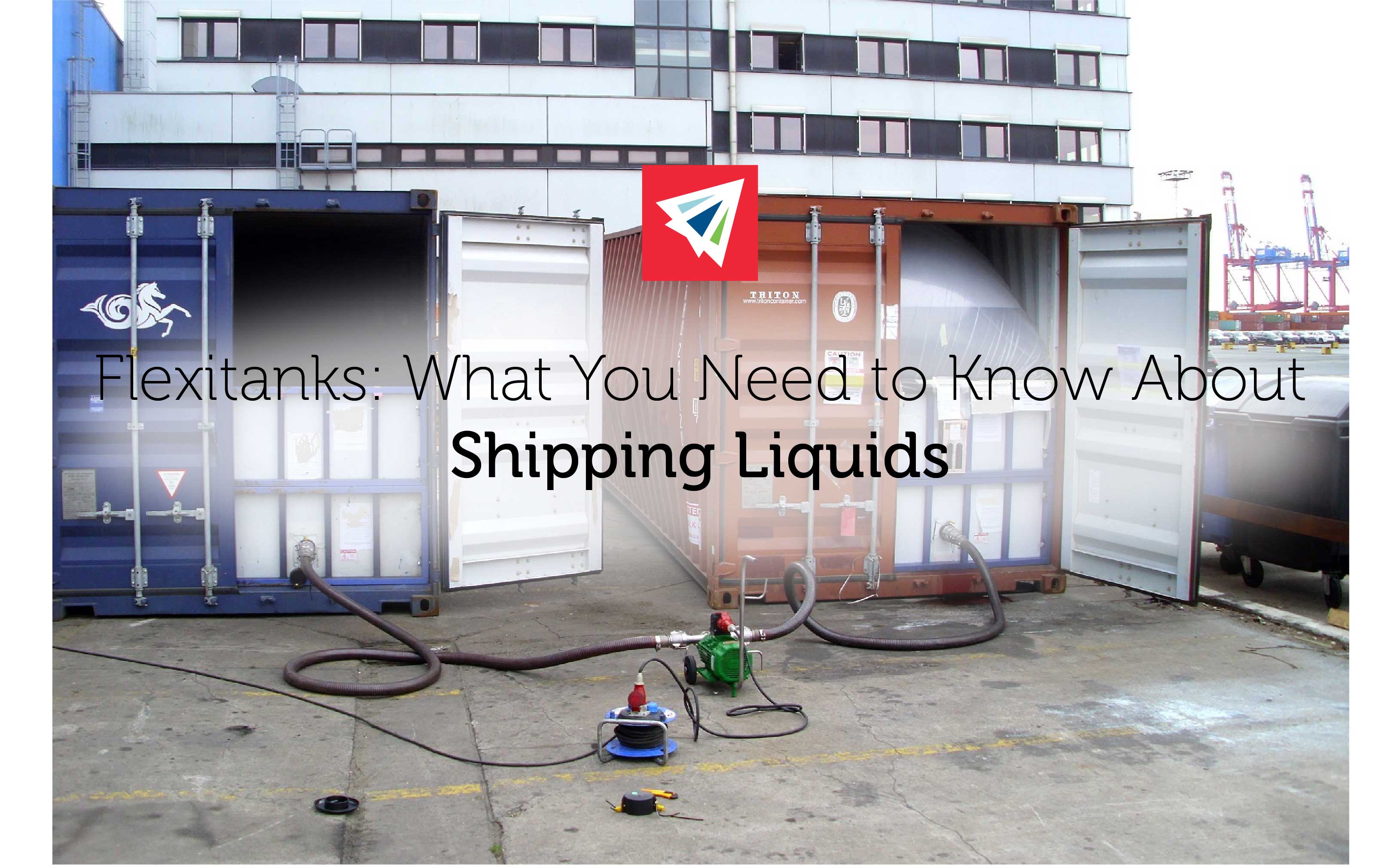Tank containers were once the primary means for transporting liquid cargo across country — that is until the invention of the flexitank. Flexitanks are flexible bags designed to fit inside 20-foot general freight containers. This converts standard containers into bulk liquid transportation units. They’re an alternative to the more traditional tanks and drums options used to ship juices, wines, oils, and other nonhazardous liquids around the world.
As with any mode of transport, flexitanks come with some very unique benefits, not often found in other means for moving liquids. The main advantages include:
Increased Shipping Capacity
With the maximum volume of each flexitank at 24,000 liters inside a general freight container, you can ship roughly 50 percent more cargo than bottled consignments, 40 percent more than drummed consignments, and 15 percent more than intermediate bulk containers.
Lower cost than other bulk liquid transports
Oftentimes, the rental, return, and cleanup costs associated with ISO tanks, IBC units, and other bulk liquid containers are much more than the cost of the flexitank and 20-foot general freight container. After all, you’re only paying the disposable bag and freight for the container.
Greater availability
Other bulk liquid transportation units must be cleaned and shipped to where they’re needed once used, which can lead to shortages when you need to move nonhazardous liquids. With flexitanks, you can ship them almost anywhere in the world within days, and then load them into a readily available 20-foot general container.
Of course, flexitanks aren’t a one-size-fits-all alternative. They do come with some limitations, which may make the more traditional tanks and drums a better option for you. Before opting to go this route, consider the following drawbacks:
Damage to containers
Flexitanks place pressure on the sidewall panels of general freight containers, sometimes causing them to bulge beyond the accepted dimensions. What’s more, this pressure can permanently deform the containers, and some carriers will not accept the shipment of flexitanks.
Potential leakage
Flexitanks are still pliable even though they are made of multiple layers. Excessive force could cause a crack or rupture, leading to leakage of the full contents of your container. You’re on the hook for the loss of good as well as the cost of cleanup. The potential for spillage may also keep some carriers from accepting this type of shipment.
Lack of necessary equipment
Not all loading and unloading facilities have the proper setup or equipment to load and unload your cargo. You may be limited in where you can transport your freight. This may then come with an additional expense to move the liquid to the desired location.
Once loaded, the transport of a flexitank is the same as all other containers. You just need to determine whether the advantages outweigh the limitations.
If you’d like to learn more about shipping bulk liquid, please feel free to call our team today! We’d be more than happy to answer your questions!

One thought on “Flexitanks: What You Need To Know About Transporting Liquids”